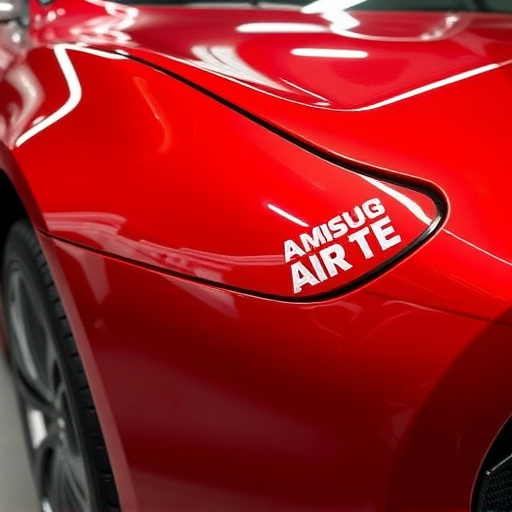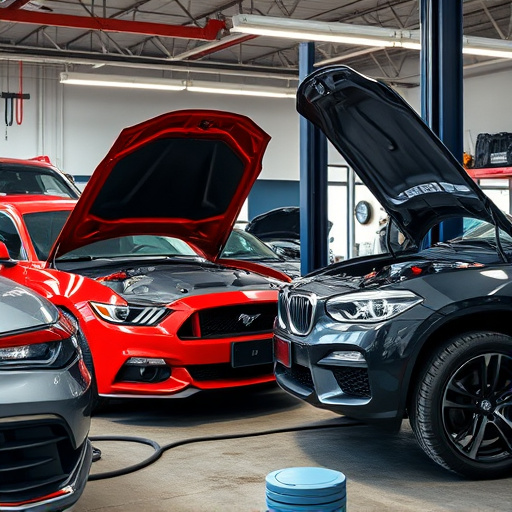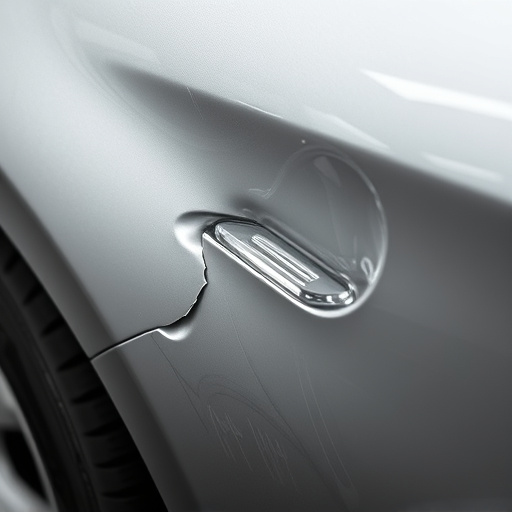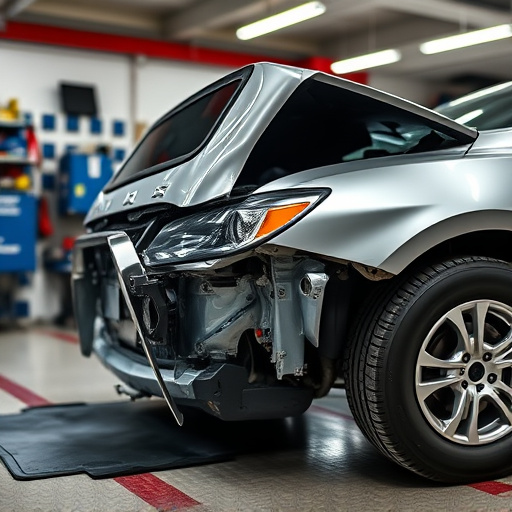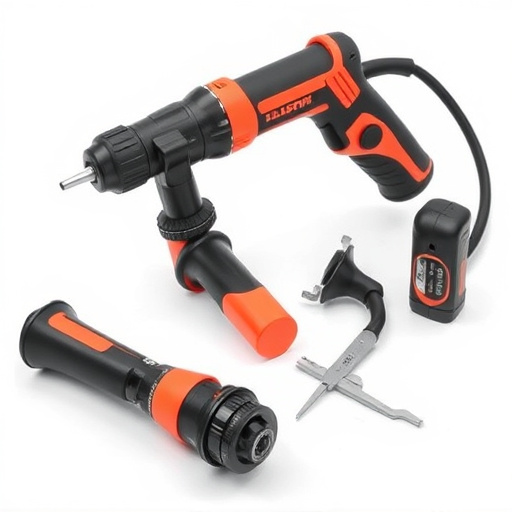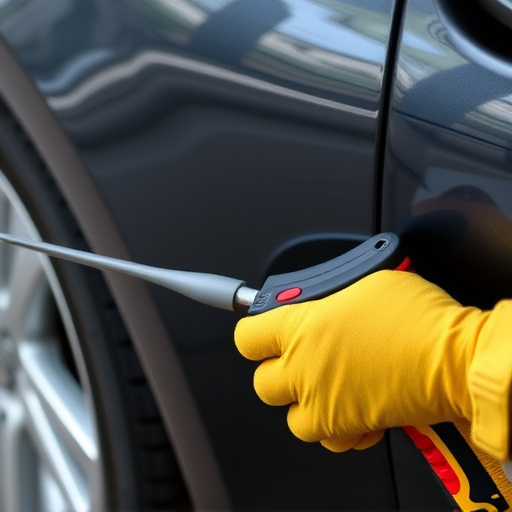Tesla repair scanning is a critical process for modern electric vehicle maintenance. Specialized tools detect software glitches and sensor issues, preventing costly repairs and ensuring safety. Regular checks identify mechanical wear, battery health problems, and subtle anomalies, saving owners time and money while maintaining optimal vehicle performance and safety features.
Tesla repair scanning is a crucial process that ensures your electric vehicle (EV) operates at peak performance. This article delves into the optimal timing for such scans, highlighting the importance of regular maintenance. We explore key triggers and common reasons why scheduled scanning is essential. Understanding when to perform Tesla repair scanning can help prevent major issues, prolonging the life of your EV and ensuring a smooth driving experience.
- Understanding Tesla Repair Scanning: When is it Necessary?
- Regular Maintenance: Key Triggers for Scan Performance
- Uncovering Issues: Common Reasons for Scheduled Scanning
Understanding Tesla Repair Scanning: When is it Necessary?

Tesla repair scanning is a crucial process that involves diagnosing and identifying issues within a Tesla vehicle’s complex electrical and software systems. It goes beyond conventional autobody repairs, delving into the intricate network of sensors, modules, and control units that power modern electric vehicles. When a Tesla owner notices performance anomalies or warning lights on their dashboard, it may indicate a need for advanced scanning techniques.
This process becomes particularly necessary when dealing with issues unrelated to visible physical damage. Automotive repair services specializing in Tesla vehicles utilize specialized tools to scan and interpret data from the car’s onboard computer, revealing hidden problems. From software glitches to sensor malfunctions, these issues can impact safety, efficiency, and overall vehicle performance. Early detection through scanning allows for more precise diagnostics and targeted automotive repairs, ultimately saving time and money for Tesla owners.
Regular Maintenance: Key Triggers for Scan Performance

Regular maintenance is a cornerstone of vehicle longevity, and Tesla repair scanning plays a pivotal role in this process. Key triggers for performing Tesla repair scans include signs of mechanical wear or unusual noises from the vehicle. Even minor incidents like a fender bender or slight dents can potentially impact the car’s computer systems and sensor accuracy. Regular scans help identify these issues early on, preventing them from escalating into more costly repairs. Visiting a trusted collision center for routine checks ensures that any glitches in the vehicle’s complex network are caught before they cause significant problems, ultimately saving owners time and money in the long run.
Uncovering Issues: Common Reasons for Scheduled Scanning

Uncovering hidden issues within a Tesla vehicle is akin to solving a complex puzzle. Scheduled scanning plays a pivotal role in this process, allowing automotive experts to peer beneath the surface and identify potential problems before they escalate. Several common reasons necessitate regular Tesla repair scanning:
1. Preventive Maintenance: Just like any other high-tech appliance, Teslas require routine checks to maintain optimal performance. Scanning tools can detect even the subtlest anomalies in sensor readings, software updates, or electrical systems, enabling prompt action to prevent major repairs.
2. Safety Considerations: Tesla’s advanced driver-assistance systems (ADAS) rely on precise data from various sensors. Regular scanning ensures these safety features function correctly, enhancing the overall driving experience and peace of mind for owners. It can uncover issues related to cameras, lidars, radars, and GPS modules, all critical components in autonomous driving capabilities.
3. Battery Health Monitoring: The heart of a Tesla is its battery pack. Scanning routines can track battery performance, identify potential hot spots, and predict future range issues or degradation. Early detection of battery-related problems allows for more effective maintenance and extends the life of this crucial component, often considered the most expensive to replace in an electric vehicle.
4. Fender Repair and Automotive Body Shop Visits: While not directly related to scanning, addressing issues early can prevent minor troubles from turning into costly repairs. For instance, a faulty sensor could indicate a problem with fender alignment or body damage, saving owners from unexpected visits to the automotive body shop for extensive car restoration work.
Tesla repair scanning is a crucial process that ensures the optimal performance and longevity of your vehicle’s electric systems. Regular scans should be performed at regular intervals, especially after significant maintenance or when unusual behaviors are observed. By staying on top of these checks, Tesla owners can proactively address potential issues before they become costly repairs. Whether it’s identifying sensor problems, battery anomalies, or software glitches, timely scanning is key to keeping your electric vehicle in top shape.

